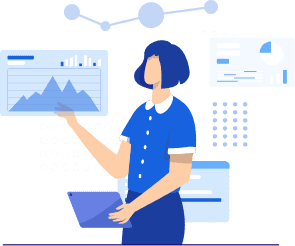Subscribe to Our Newsletter
Stay updated with the latest tips and strategies. Get additional discounts and alerts on offers.
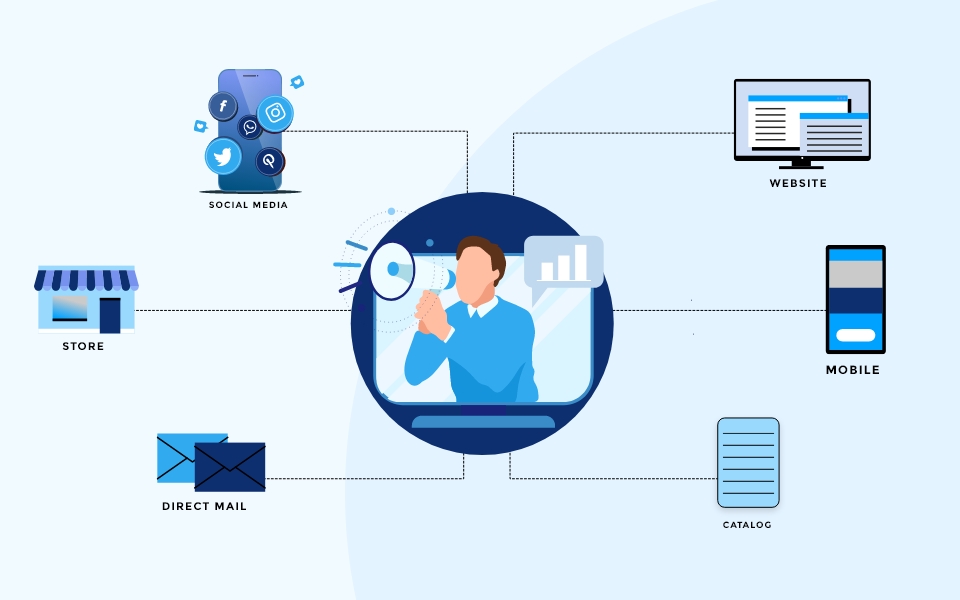
If you are a B2B company, then you know how vital it is to acquire B2B leads with a multi-channel lead generation strategy. The sales team doesn’t just use a multi-channel marketing strategy for lead generation but also to amplify their campaign’s frequency, increase their reach, and create effective messaging.
With the amount of competition, reaching out to your target audience, spreading awareness about your brand and creating meaningful connections with leads is becoming harder. And so, it is necessary to use a multi-channel marketing strategy to catch your buyer at the right platform and time.
With the growing popularity and success rate of integrated multi-channel marketing campaigns, more and more B2B marketing channels are coming up every year. Each channel differs in its effectiveness with your target audience, so choosing the right one for your niche or industry is essential. But having numerous options can be confusing at the same time.
This is why we will discuss the different multi-channels, their benefits, and strategies you can implement in your future campaigns.
Multi-channel marketing refers to creating a unified strategy to attract prospects across different platforms such as social media, email marketing, cold calling, paid advertising, web push notifications, and text messages. The multi-channel marketing approach is among the best lead generation strategies because it gives you access to a full spectrum of platforms that will help you generate leads and ensure people arrive at your landing page.
A well-planned multi-channel marketing campaign will increase your sales, engagement with your prospects and improve customer retention. It would help if you targeted your ideal audience by maintaining a consistent multi-channel strategy from the top of the sales funnel to the bottom. According to a study, B2B campaigns that use multi-channel marketing see an average of a 24% increase in their ROI.
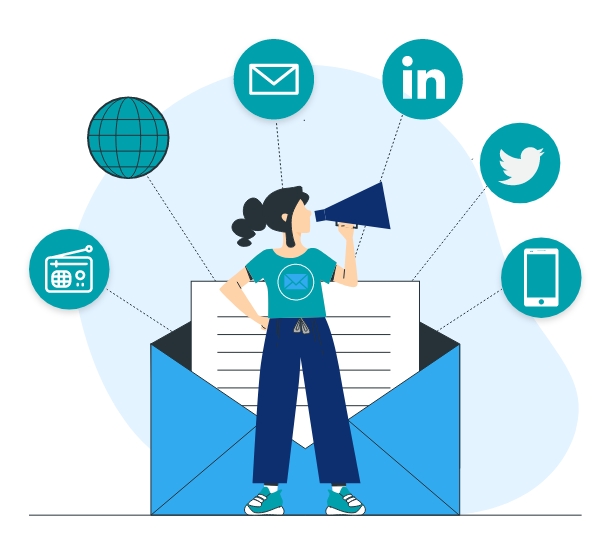
Regarding B2B multi-channel marketing, you must know that only some B2B channels may work better than others for your industry, but that’s where optimization and testing come into play. The right channels will help you generate qualified leads, high conversion rates, and significant ROI, but the effect can be the opposite if you don’t use the right channel. It is also important to note that B2B clients are more interested in ROI and know what they are looking for than B2C customers.
So, you have to market your products and services to them in channels that will attract their attention and increase their curiosity to know more about your brand. The multi-channel marketing model is essential for growing a business. Having a presence on the right channel based on your target audience can help you direct them towards your landing pages. For example: once a user stops interacting with your company on emails, you can capture them on LinkedIn or Twitter.

By establishing your presence on multiple channels, you can find and reach your prospects on any channel they interact with and guide them down your sales funnel. You can utilize every channel to reach even more audiences than you would through a single platform.
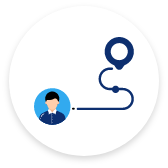
Multi-channel marketing makes it easier for marketers to reach out to their customers, give customers an option to shop on the channel they prefer, and send them direct links. The customer will also be able to get all the information, check the product images and videos through different platforms, and make an informed decision.
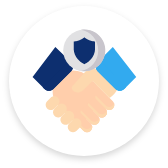
You can build loyal relationships with your target audience by engaging with them on different touchpoints across different platforms. If your prospects see your brand on their favorite platform, they will trust your company more.

Since you have a higher chance of reaching out to the right target audience that can be converted into qualified leads, a higher number of qualified leads means more potential sales. Targeting your prospects in the right place increases the likelihood of B2B customer conversions.

This lead generation marketing campaign is necessary for B2B companies as they can determine whether their clients purchase any products and services or abandon their cart. You can use multiple channels for retargeting customers who may leave their carts at the last minute.
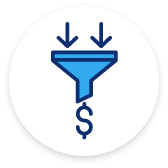
One of the most significant advantages of multi-channel marketing is that you can increase your conversion rates by using different platforms together during a single campaign. If you strategize your multi-channel campaign across multiple platforms and devices, you’ll see a higher engagement rate from your consumers.
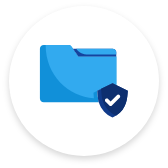
Since you will be engaging with prospects on multiple channels, you can collect more information about them. This information can then be used to create personalized marketing campaigns.
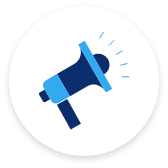
You can increase your brand awareness by being present on the relevant channels and portraying the right message to your target audience. So, if you are using multiple channels, it is more likely that customers will take notice of your brand and recognize your name.
Content marketing is one of the most effective ways to acquire B2B leads compared to other outbound marketing strategies. Good quality content or gated content in the form of blogs, eBooks, client testimonials, whitepapers, case studies, templates, etc. It can help you generate leads and even convert them into loyal customers. According to a survey by HubSpot, 80% of business decision-makers would get information from an article than an ad.
Providing your B2B target audience with relevant content will make it appealing and provide them value. Content marketing has different objectives for B2B marketing and B2C marketing. B2C use it for branding, whereas for B2B businesses it is for acquiring B2B leads. Remember that whatever content you provide your audience, it must include solutions, information, and analysis to their pain points.
You must center your content around the solutions that your company provides and what the clients can gain if they choose you over your competitors. The possibilities of generating B2B potential customer through your content are endless. The pro tip here is to share content consistently and maintain the quality of content.
One of the best ways to generate B2B leads is by social media channels, and you will be able to reach potential customers and keep them engaged. So, if you ask us “Which B2B lead generation methods work best? then our answer is social media marketing because it allows you to show the other side of the company and increase your conversion rate. It is essential to select social media platforms based on your industry, business goals, and target audience.
The best platforms for B2B marketing are LinkedIn and Twitter, but Facebook, Instagram, and recently TikTok can be used to generate leads. A social media campaign is a convenient way to create brand awareness, generate connections within the industry, use a more human approach, and add lots of creativity.
Top 4 Social Media Channels for B2B Leads are:
Liked is one of the best social media platforms to generate B2B leads because it helps businesses build trustful relationships and value their product or service. You can create a company profile and share your company’s content with your personal accounts. LinkedIn allows you to connect with new professional networks or decision-makers of your industry.
Twitter is the best platform for B2B companies and providing user-generated content (UGC). On Twitter, you focus more on images, videos, or other media types as you can add not much content to its posts. Adding hashtags will also make yourself visible to new audiences and increase engagement.
Many small businesses are now using Instagram to reach out to their niche audience and create their brand image. With Instagram, you must ensure that your images and videos are on point and attract followers to your landing pages. Ensure that your page has a theme, is visually appealing to your audience, and do not use too much promotional content.
Many B2B marketers think that Facebook is a B2C platform, but it can provide a B2B company with many opportunities. According to a study by Statista, Facebook is more popular than LinkedIn for B2B marketers. But remember to use your Facebook content to develop a solid first-party lead generation strategy.
Generating B2B leads on Facebook and Instagram is not impossible as you can generate leads by implementing the right social media marketing strategies at the right time to the right people. But if you need help with the strategies then check our blog on, “Generate B2B leads from B2C social media platforms”
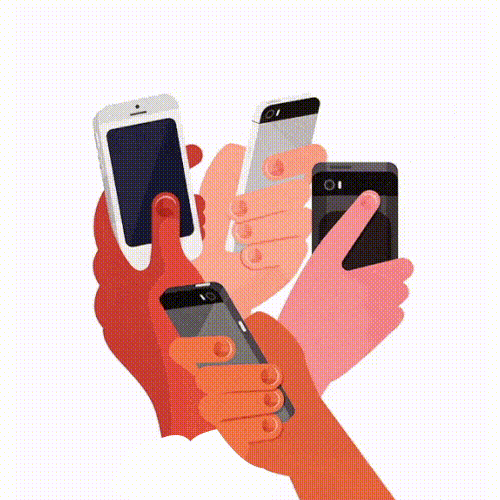
If you are looking for fast, effective ways to acquire B2B leads, then the best option for you will be to launch a targeted advertising campaign. Paid advertising will help you increase visitors to your site and push your landing pages to the top spots of SERPs. Marketers think paid advertising is expensive, but you will only need a few dollars to reach qualified leads and increase engagement with your brand in less time.
No multi-channel marketing strategy is ever complete without advertisements. Not only does it let you retarget your B2B leads, but it also helps you boost your online presence. Targeted Pay-Per-Click Advertising through LinkedIn, Facebook, and Google Ads will help you generate high-quality leads in no time.
It would help if you created target-specific campaigns based on industry, niche, company, job title, experience level, interests, geographical location, etc. This way, you will be able to drive traffic to your landing page and also increase engagement. You need to understand the market space to determine keyword segments for your paid ads. Remember that cost-per-conversion is more critical than cost-per-click, no matter which platform you choose.
Email marketing is one of the oldest and most successful marketing channels, especially for B2B companies. According to HubSpot, “from a study of 1,000 small business owners, email marketing was ranked as the second most effective medium for building brand awareness”. And did you know that 93% of B2B marketers distribute content via email? These facts alone tell you how email marketing plays an essential role in B2B marketing.
One significant benefit of multi-channel email marketing is that it will help you shorten the sales cycle, get in touch with, and create more informed customers. You can also use email marketing to send your target audience valuable content and also periodically remind or motivate them to make a purchase. Remember to automate email sequences and set triggers based on the actions of your target audience.
You have to make sure that you maintain ongoing communication with your prospects through their customer journey. When writing an email, remember to add an eye-catching subject line, include CTAs in the right places, and incorporate images or videos to grab their attention. And do not forget to personalize different elements of your email with exciting offers and lead capture forms.
If you are looking for an all-in-one email marketing platform to create the perfect email marketing campaigns, then ReachEngine is the perfect solution. It is an intelligent and dynamic email marketing platform for business growth and development. With its impactful and convenient solutions, you will be able to lead in the simplest way possible.
SMS or short message service (SMS) marketing is a digital marketing channel that allows you to send promotions to prospects through text messages. SMS are so effective because they are short and can clearly display information. It also has more reach as your prospects don’t have to download an app or install any software. SMS is a good channel for offering time-sensitive offers, the latest updates, and sending alerts to prospective customers.
Most B2B marketers don’t know the potential that SMS marketing holds, and B2C brands use it to its full advantage. You must understand that most people nowadays use their phones when working, searching for products and services, scheduling meetings, or looking for information.
You can automate your SMS sequences to reach the right audience at the right time. SMS is a channel used when you want to send your leads reminders or new information, schedule meetings and events, give discounts, and even persuade them to take action. When it comes to SMS marketing, you must make sure your contacts have opted into SMS and be mindful of the timing of your messages.
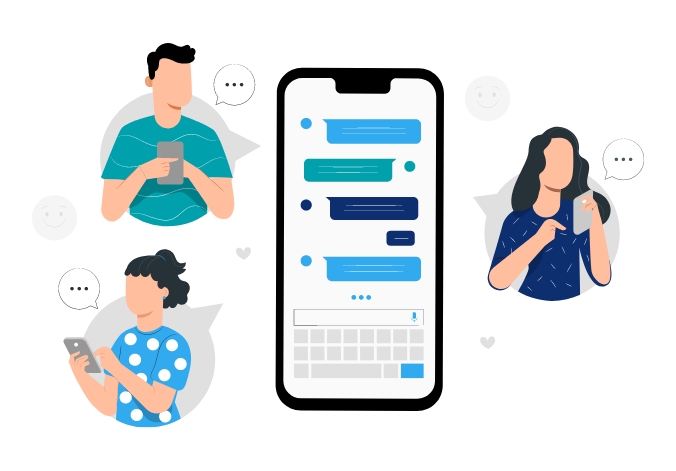
Landing pages are one of the best ways to acquire new leads. These pages are usually the core of a strategy and convert leads effectively. An attractive and appealing website with clear CTAs is essential to a B2B business. Your landing pages must convey your company’s mission and its unique value proposition to guide visitors to the product pages.
While building your landing pages, you must define your buyer persona, understand your target audience, and write down what they need to know about your products. You must clearly define goals and objectives like email sign-ups, demo requests, or scheduling meetings.
One tip here is to create a traffic generator strategy by combining ads, web push notifications, SMS and email marketing. Remember to A/B test these pages and make adjustments to publish the perfect landing pages.
According to our observation the top lead generation channels are email marketing, content marketing, and social media marketing and the channels you definitely must implement and once you find success in those channels you can go on implement the others. But if you are looking for multichannel marketing strategy to implement, we have covered! Read our blog on “A concise guide to multichannel marketing strategy”.
Apple noticed its buyer patterns changing over time and saw how most of its sales came directly from its website or third-party sites. The company decided to reinvent its in-store experience by transforming its stores with hands-on product demonstrations, education, and technical support.

Customers nowadays like to test out electronic products in person before they purchase them, and if the customers don’t complete their purchases in-store, the digital platform is there to take it further and follow up with them. Apple is also known to be the best in visual messaging across channels, whether online ads, social media sites, websites, mobile apps, or in-store retail experience.
Under Armour is a sportswear brand that made an exemplary effort in its multi-channel marketing. The company worked rigorously on coming up with user experience and personalization. The company’s social media sites and marketing material featured celebrity endorsements such as Dwayne “The Rock” Johnson, Tom Brady, Michael Phelps, etc., to grab their audience’s attention.
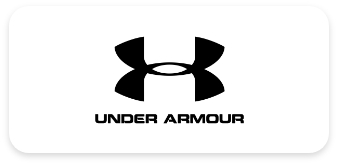
In 2015, Under Armour acquired the MyFitnessPal app, adding another channel to their list. This way, they were able to reach a wider audience. This made them the number one company for fitness tracking, achieving a bigger digital footprint. The company also offered their customer a personal retail experience, which gave Under Armour a massive advantage in its market.
CVS is a well-known American retail corporation that started offering its customer a pharmaceutical experience through its website and mobile application. This helped their customers to check on and fill prescriptions. Not only that, but it also gave them an option to register COVID-19 testing and vaccines during the global pandemic.
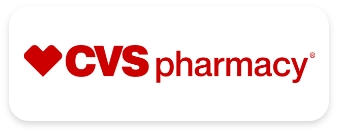
The CVS digital channels did an excellent job creating virtual in-store experiences for their target audience. The app also came with an online chat option for customers to speak with pharmacists, ask their queries about specific products and find out information about in-store deals. You can take their idea of replicating an in-store experience on a digital platform and apply that in your multi-channel marketing.
So, there you have it, our take on how you can leverage multi-channel marketing to acquire high-quality B2B leads. Multi-marketing channels require some time, before you learn to master them. Remember that it comes down to sending the right audience with the right message and at the right time. Implement the above channels but select them based on your target audience and industry. We hope that you will achieve success with the tips given above.
Multi-channel lead generation refer to creating a unified strategy to attract prospects across different platforms such as social media, email marketing, cold calling, paid advertising, web push notifications, and text messages. Marketers need to have tailored conversations for their audience, which ultimately generates leads and increase sales of the company.
Lead generation generally falls into two categories which is Outbound lead generation that generally includes direct mail, advertising, cold calling and email marketing. With another one being Inbound lead generation that includes blogging, SEO, social media, PPC.
One example of multichannel marketing is when you use catalogs, physical stores to promote your products, while simultaneously using e-commerce platforms such as Amazon and eBay to promote the products in an online marketplace.
There are 3 main steps that you must take while creating a multi-channel marketing strategy:
• Document cross-channel consumer behavior
• Select the right channels based on your target audience
• Employ channels that are mutually reinforcing in attracting, retaining, and building relationships with customers.
• Monitor and measure multi-channel marketing performance.
For B2B marketers a multi-channel approach means being where the customers are, building customer relationship and maintaining them till they make a purchase.
Here are the 5 keys for the success of multi-channel marketing:
• Be consistent
• Be flexible
• Use marketing data and analytics
• Strategize and plan
• Target the right audience in the right channel
Show Some Love!

Subscribe to Our Newsletter
Stay updated with the latest tips and strategies. Get additional discounts and alerts on offers.
Related Articles
Subscribe to Newsletter
Stay up to date with the latest marketing, sales, and service tips and news.
